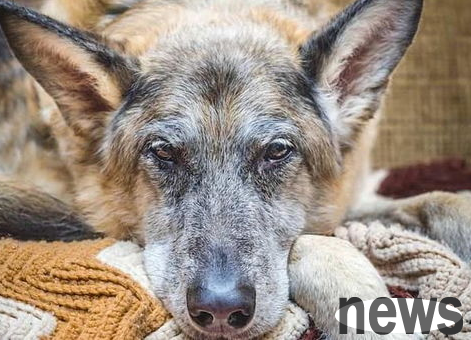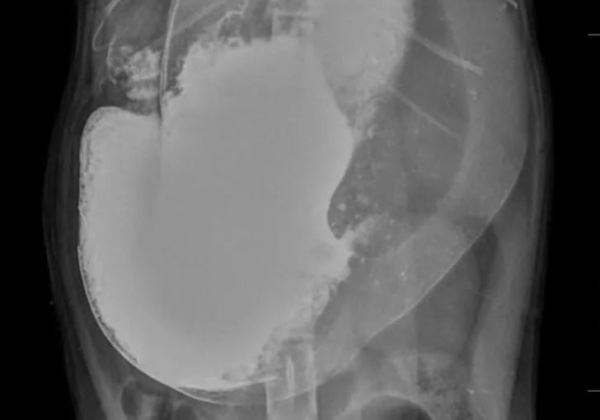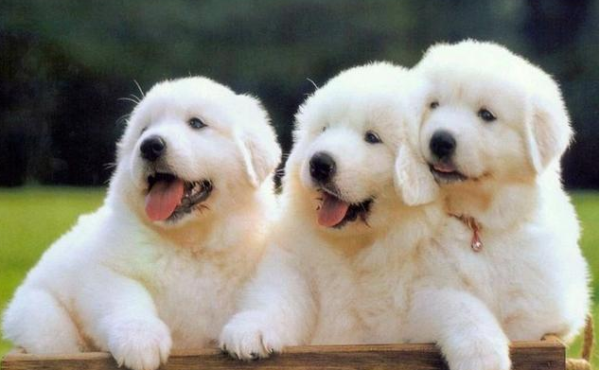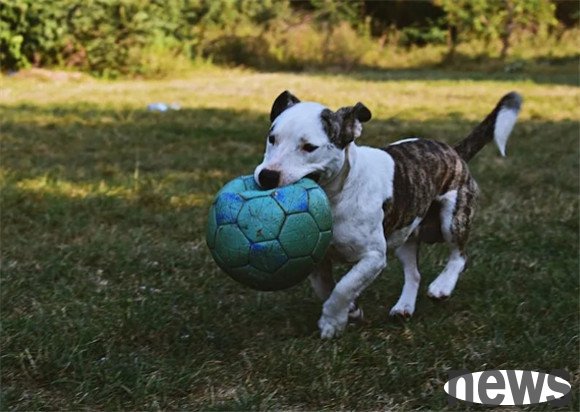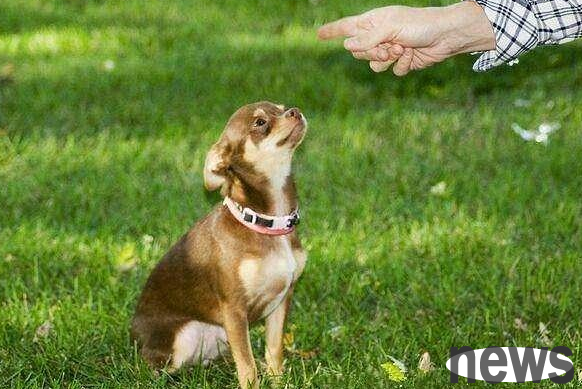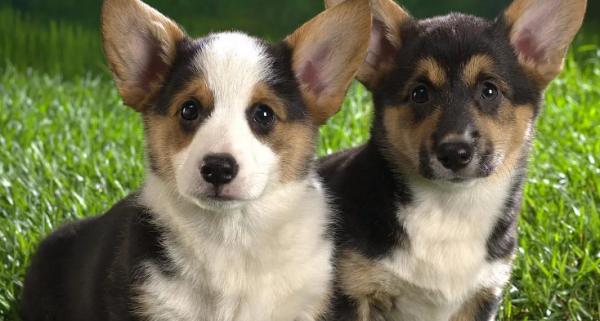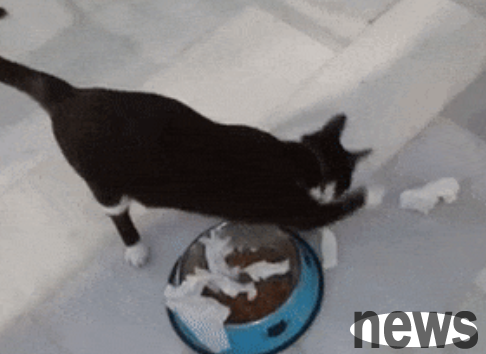Let’s take a look: What to do if a ten-year-old dog has severe dental calculus
Dental calculus is often found in the human mouth. Nowadays, dogs are no exception. Due to their unhealthy and unhygienic eating habits, dogs often eat canned food, ham sausages, and various types of leftover food from humans, which are important causes of dental calculus in dogs. So, what should I do if my ten-year-old dog has severe dental calculus?
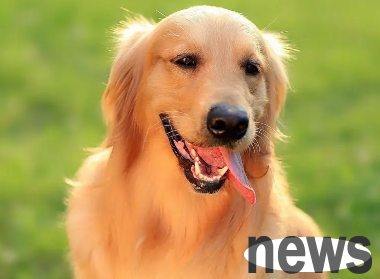
1. Ultrasonic dental cleaning
Because general anesthesia is required before ultrasonic dental cleaning surgery on dogs, which is relatively risky for ten-year-old dogs, so it is recommended that owners first take their dogs to the pet hospital for routine blood tests to determine the condition of blood cells in the body, and then conduct blood biochemical tests to determine liver and kidney functions. At the same time, the dog needs to undergo a hemagglutination test. When the above indicators are met, teeth cleaning surgery can be performed.
After dental cleaning surgery, owners should also pay attention to brushing the dog's teeth regularly to maintain the dog's oral health. Feed the dog less soft food. You can use mouthwash or tooth cleaning powder for the dog for a period of time.
2. Remove loose teeth
If the dental calculus of an older dog has caused severe gum recession and loose and falling teeth are visible to the naked eye, it is recommended to take the dog to the pet hospital as soon as possible to have the loose teeth removed to avoid affecting the dog's eating.

3. Precautions
After the dog has dental calculus, the owner should clean the dog in time. Otherwise, long-term dental calculus will cause the dog to lose teeth and suffer from oral diseases and other problems. In daily life, owners should also avoid feeding their dogs human food, especially food containing salt. Long-term consumption of human food will also cause serious tartar in dogs. Try to eat dog food as the main food.




